The agile community is vibrant and passionate – full of people with great ideas on how to deliver valuable work. It can also be a difficult place to visit. We need to fix that.
[featured-image single_newwindow=”false” alt=”Quinn Dombrowski | Hey Listen! | Flickr” title=”Quinn Dombrowski | Hey Listen! | Flickr”]Quinn Dombrowski | Hey Listen! | Flickr[/featured-image]
To change the heart and mind of another person you first have to understand where they are coming from. You learn their story by listening. I don’t mean the kind of listening where you wait for your opportunity to drop your agile knowledge on the someone.
I’m talking about actively listening to the person and asking clarifying questions. As you gain knowledge about the person you can begin to make suggestions that are relevant to their present situation.
This does not mean that there will not be resistance to your scrum or agile suggestions. People not used to “just in time” planning or “self-organization” will likely not understand the concepts on the first pass. They will probably reject the ideas immediately.
This happens for a number of reasons:
- Fear: Change is scary. It makes your problems transparent and places you in a vulnerable situation. Change means you are taking on something that is new to you. What if you look stupid? What if you fail?
- Success: Management and project leaders have built careers on waterfall practices. Many have found success and promotions by adhering to predictive processes and practices. Convincing these people that agility is a more productive path is challenging.
- Culture: Even if the results are not perfect – half of all waterfall projects struggle to deliver – people like the comfort of a culture they know and understand. In an agile world many traditional project behaviors do not play well. The rules change.
What this all boils down to is a user story that we are all working against when promoting agile in our organizations: AS A PERSON I WANT PREDICTABILITY IN ORDER TO FEEL SAFE.
It is a tough nut to crack. But this user story is our reality. Where do we begin?
Be kind.
Do you remember when you were first introduced to agile? For me it was reading Kent Beck’s Extreme Programming Explained. I loved that book. It just made sense to me. And over the past 12 years since reading it, I’ve worked on my agile game. Guess what? I still struggle.
The truth is we all struggle. So be kind!
Agile is nuanced. And it is hard. If it wasn’t hard, agile coaches would be out of work and you wouldn’t be reading this blog. “It depends” is a common answer in our world, we work hard to push new ideas, and the agile space changes constantly. So be kind.
Being kind means that we accept that the first sprint of a new scrum team isn’t going to be perfect. It means that when answering a question online we do not belittle or berate people who are honestly seeking insights and feedback. It means we listen first, then speak.
Kindness is also shown when we are patient with those who still cling to their predictive processes, waterfall tendencies, and command and control mindsets. The path to agility is a marathon, not a sprint. It takes time to create new habits and practices. So be kind.
People do not show up to work with the intention of ruining your day. They have many of the same pressures that you do: spouse, kids, bills, and bosses. I believe that most people want to do the right thing. Let’s be the humble servant leaders that the agile principles call us to be and help them come around to the agile way of thinking. Listen, learn, and lead.
And yes, let’s be kind.
[reminder]Do you have a story about someone taking the time to help you learn agile? How did someone in the community make an impression on you?[/reminder]
